Monitoring Desk
Spider-Man (2011)
In 2011, a young Black superhero took the lead in a top-ranking US mainstream comic: Marvel Comics had Afro-Latino teenager Miles Morales slip into Spider-Man’s costume, while the series with Peter Parker as the original superhero continued as well. Morales, seen here in the 2018 film adaptation “Into the Spider-Verse,” acquires his abilities, like Parker, through a spider bite.
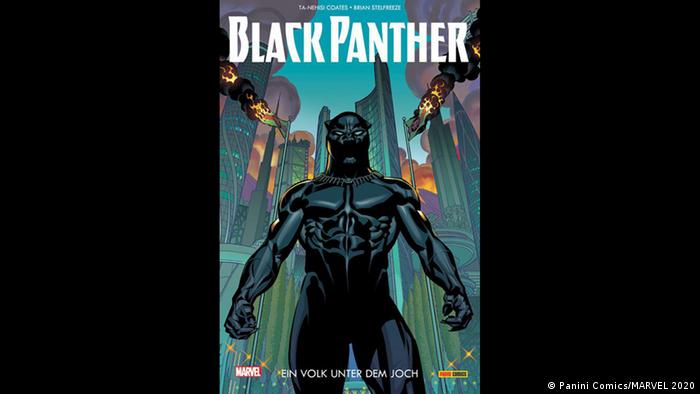
Black Panther (1966)
T’Challa alias “Black Panther” was the first Black superhero with supernatural powers in US mainstream comic books. He was created in 1966 by Stan Lee and Jack Kirby. T’Challa is king of the fictional, vastly developed African nation of Wakanda. The acclaimed film adaptation from 2018 with Chadwick Boseman in the leading role garnered three Oscars.

Falcon (1969)
The first Black superhero in mainstream comics whose life was based in the US was Sam Wilson, alias “Falcon.” Raised in Harlem, he works as a social worker after the violent death of his parents. The martial artist with mechanical wings and a telepathic connection to birds guards over Harlem. He has also been of service as “Captain America.”
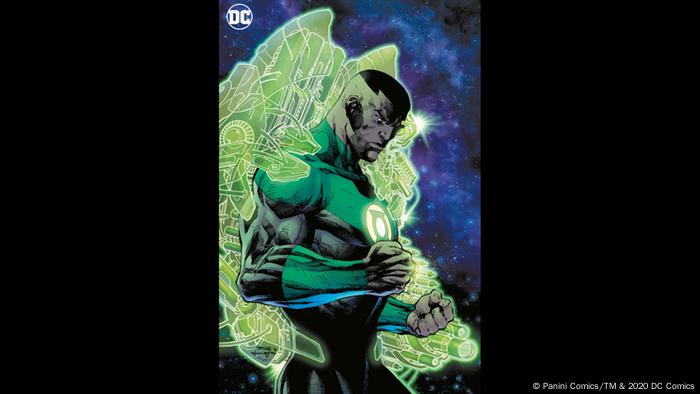
Green Lantern (1971)
The first African American superhero to appear in DC comics was John Stewart in 1971. He is part of the “Green Lantern Corps,” the intergalactic militarized law enforcement organization that keeps order in the universe. As of 2012, in the continuation of the comic series, Simon Baz is also part of corps. Baz has roots in Lebanon, is Muslim and lives near Detroit, Michigan.

Luke Cage (1972)
The invulnerable ex-convict is the first Black hero with a comic series named after him: “Luke Cage, Hero for Hire” appeared in 1972 and emerged from the “Blaxploitation” genre of the 1970s. The cheap, garish productions were supposed to appeal to the previously neglected market segment of the African American population. Luke Cage now has his own series on Netflix.
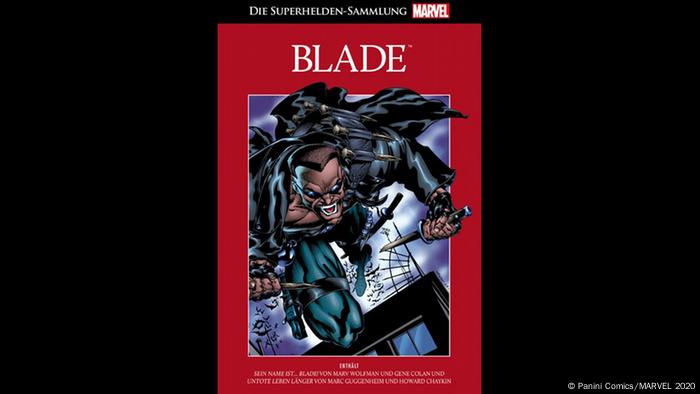
Blade (1973)
Eric Brooks, or “Blade, ” is half-human, half-vampire. After numerous minor roles, he was given his own comic series in 1994, in which he first goes on a vampire hunt armed with wooden daggers. Later, he uses a double-edged sword for hunting — as in the three film adaptations at the end of the 90s and beginning of the 2000s, in which Wesley Snipes impersonated the hero.
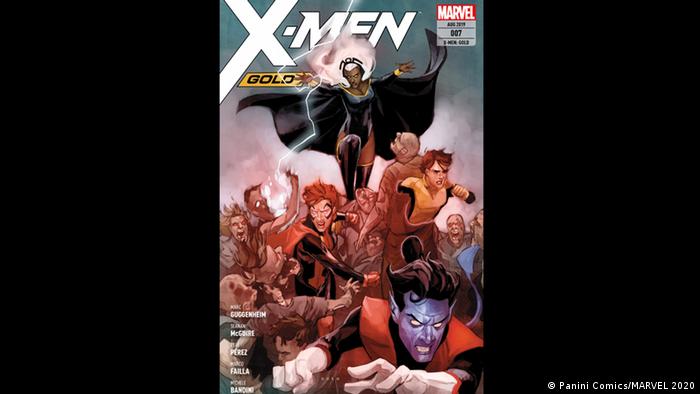
Storm (1975)
The descendant of an African witch priestess is one of the most popular Black comic book superheroes. “Storm,” or Ororo Munroe, is born with superhuman abilities and can, as a mutant, control the weather. Since the mid-1970s, she has been an integral part of the “X-Men,” who fight for peace between mutants and humans.
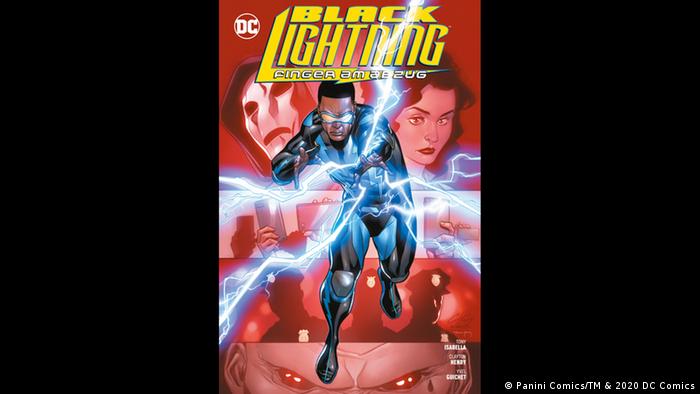
Black Lightning (1977)
Jefferson Pierce, born in the slums of a big city, manages to break out of his environment and wins Olympic gold as a decathlete. He returns to where he grew up to work with young people as a teacher. In the process, he comes into conflict with a delinquent gang. Equipped with a belt that gives him electromagnetic superpowers, he goes on the hunt for criminals.

Cyborg (1980)
Victor Stone is seriously injured in an incident in his parents’ lab. His father, a scientist, saves his life by turning him into a “cyborg,” a hybrid of man and machine. Victor Stone alias “Cyborg” is a founding member of the “Justice League,” a team of superheroes that protects Earth against alien forces.

Icon (1993)
Due to a malfunction, the alien Arnus’ spaceship explodes and his escape capsule lands in the South of the US. He then takes on human form, but retains his superpowers. He is virtually invulnerable and can fly. Due to the similarities to one of the greatest figures in the superhero comic genre, “Icon” is often referred to as “Black Superman.”
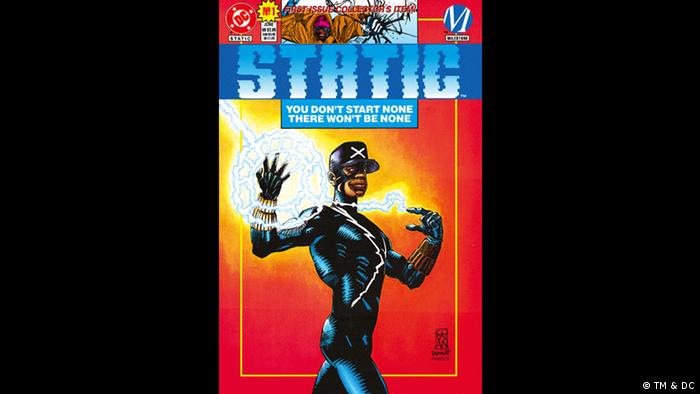
Static (1993)
As a teenager, during a police operation, Virgil Ovid Hawkins comes into contact with radioactive tear gas which gives him superpowers. He joins the “Teen Titans” and, as “Static,” watches over Dakota City. There are repeated conflicts with other teenagers who have also gained superpowers during the police incident, but who do not use them to serve the public good.
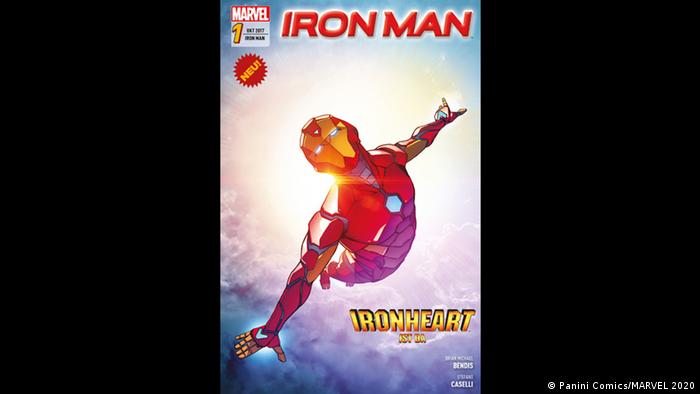
Ironheart (2015)
Riri Williams, a 15-year-old supergenius, uses stolen materials to build himself a superhero suit that resembles “Iron Man” armor. When she later actually meets “Iron Man,” he helps her in becoming a superhero. Riri is found in the comic crossover story “Civil War II,” in which different groups of superheroes fight against each other, along with “Iron Man.”
Author: Philipp Marqua (als)
Courtesy: DW






